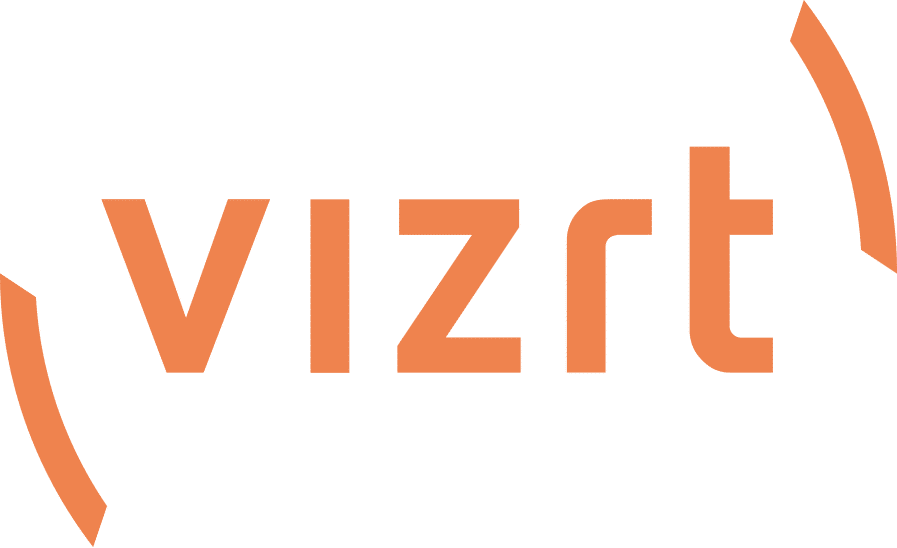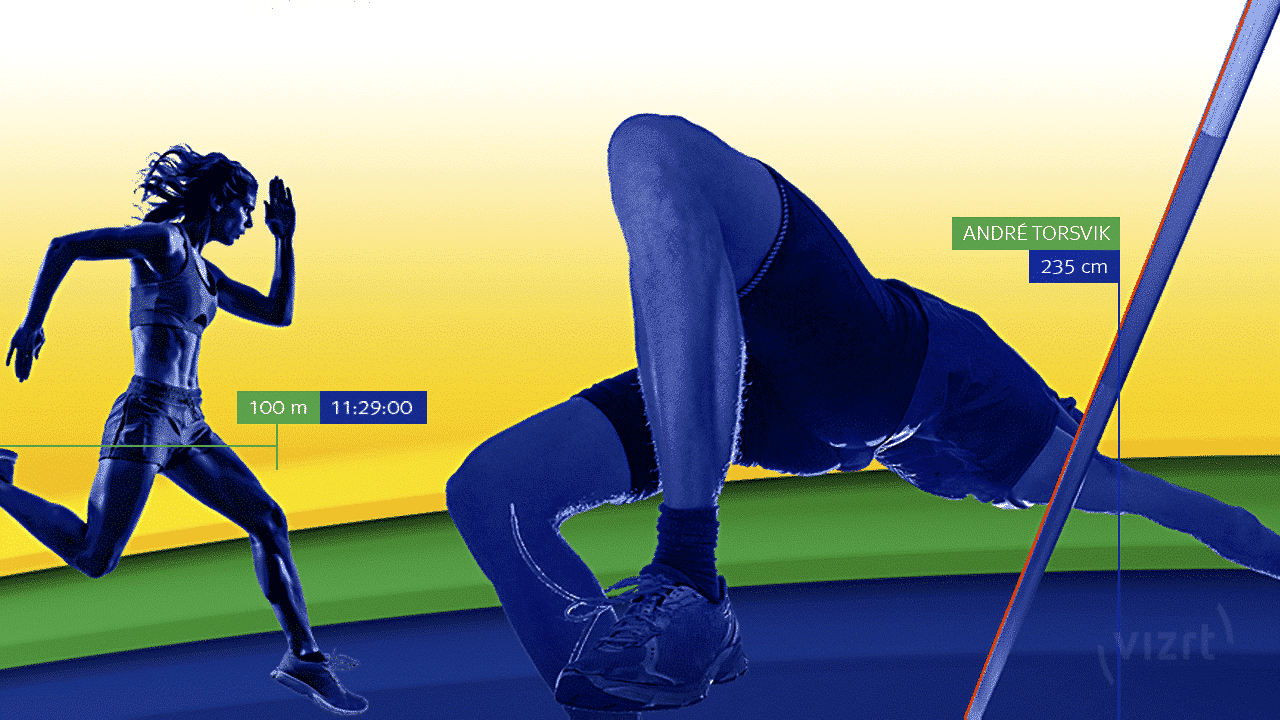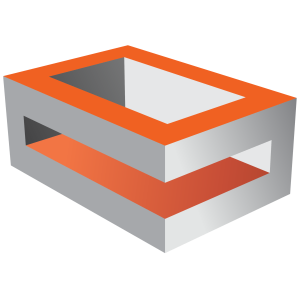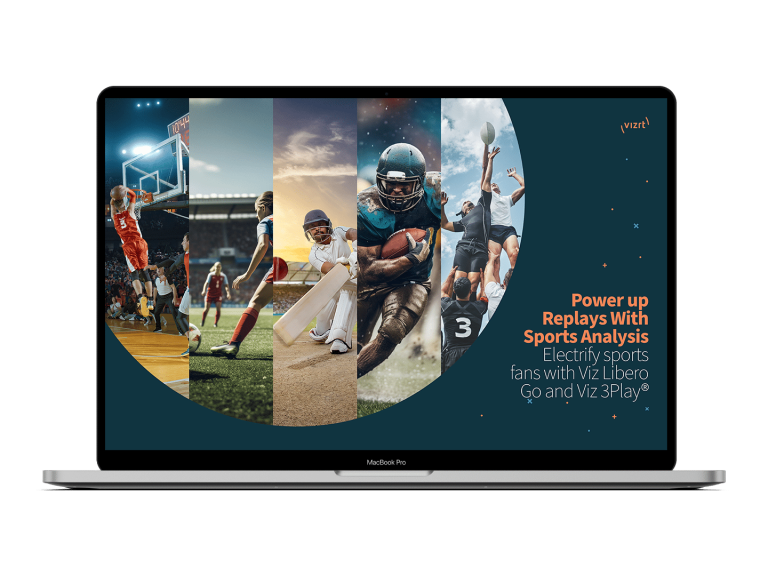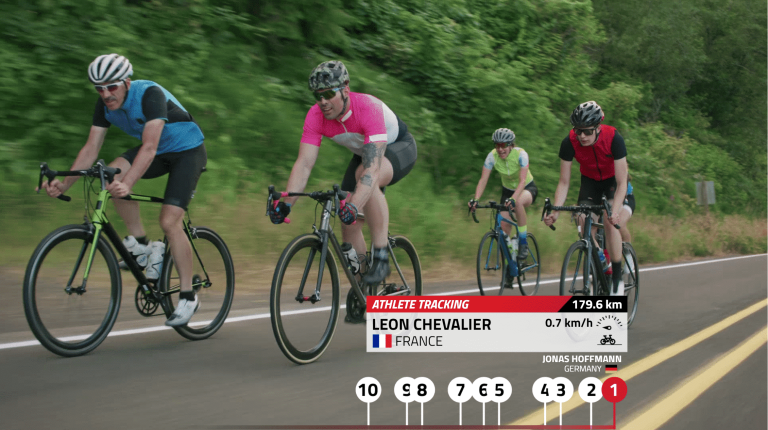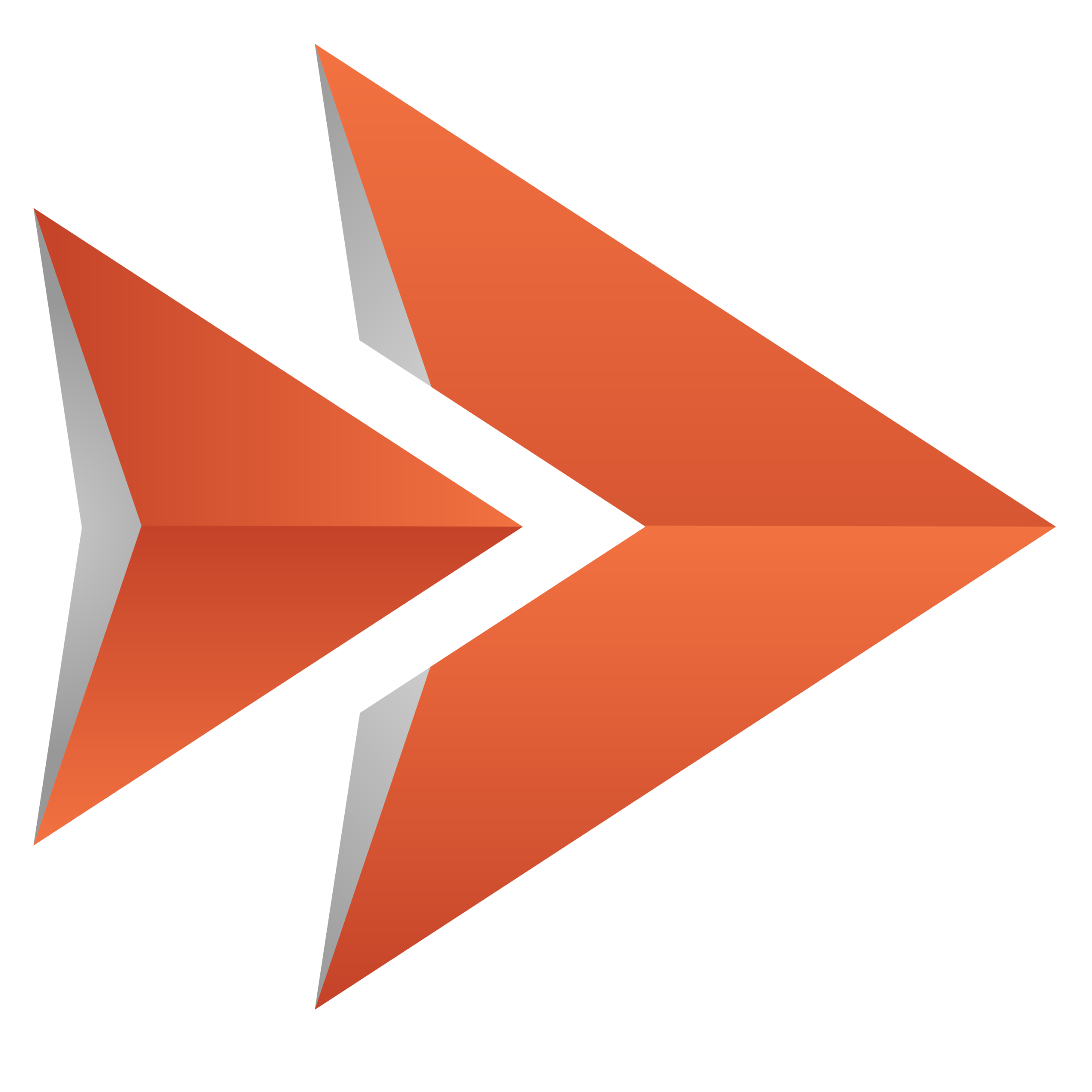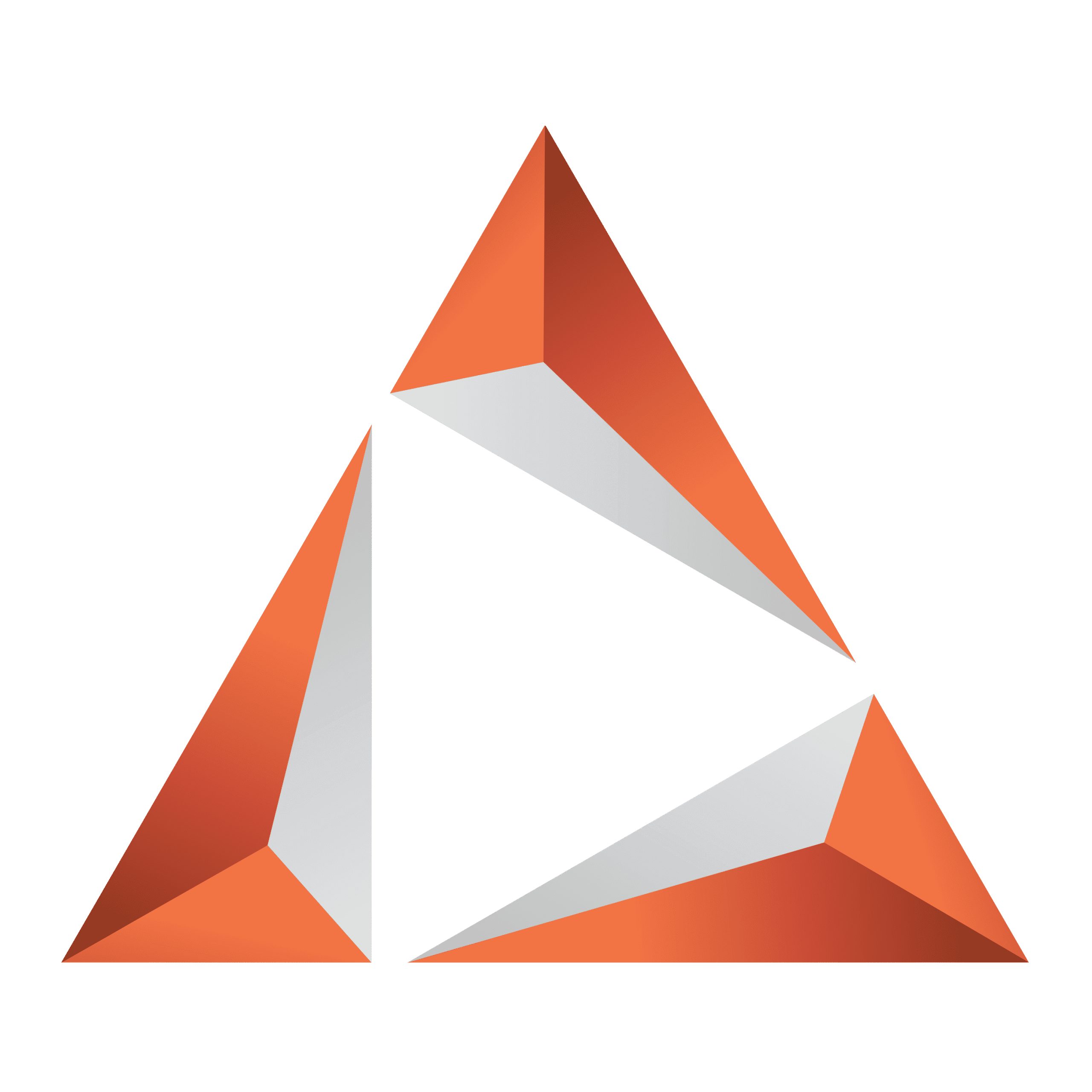The 2016 Summer Games came to an end today, leaving behind many joyful moments and magical experiences. The opening ceremony was based at Maracanã football stadium. For the first time since 1900 an opening ceremony was held at a different location from where the stadium where track and field competitions take place. It was also the first time the summer games were hosted in South America, a fact that made the Brazilian people very proud.
The structures that were built specially for the games will now be designated to make the lives of thousands of athletes easier, bringing more quality training and better infrastructure. An example is the Sports City, which includes a high number of sporting venues including swimming locations where Michael Phelps won many gold medals. Brazilians can count on several new installments such as sports villages, Madureira Park, and Porto Maravilha. In addition, new transport lines, including TransOeste, TransOlímpica and TransCarioca, criss-cross the city.
The Vizrt team followed the lives of the broadcasters who have dedicated themselves since before the games got underway. Many of them have been away from their families for 40 days to be part of the select few broadcasters covering the Rio Summer games. Browse this blog to read examples of how they used Vizrt software to deliver fantastic coverage in Rio.

We were unable to write about all channels using our software, but all broadcasters did a fantastic job covering the games.
We visited the International Broadcasting Center, located inside the summer games park at Barra da Tijuca, a place prepared by COI to receive stations from around the world. We visited the TV channels BBC (England), CBC (Canada), CCTV (China), ARD/ZDF (Germany), TV2 (Norway), BAND (Brazil), SPORTV (Brazil), SUPERSPORT (South Africa), RTP (Portugal), FOX SPORTS (Brazil). They welcomed us and showed how they were using our software to create the best broadcasts for their viewers around the world.

We followed SporTV and Globosat with their 13 temporary channels running entirely on a Viz Opus control-room-in-a-box system which manages live sources, video, graphics, audio and commercial break content. TV 2 Norway used Viz Mosart in their centralized control rooms in Norway while their studio in Rio featured an Electric Friends robotic camera and augmented reality (AR) graphics powered by Viz Virtual Studio. TV BAND used Viz One and all of its editors and organizing tools to support their special broadcast.


When we asked the engineers what they would remember most from the summer games, the amazing thing was that none of them mentioned any sports. They all said they would remember their team, their broadcasts, their studio setting, and all of the broadcasting processes.
We look forward to seeing them all again in Pyeongchang 2018!
Some final images from the closing ceremony


Rio Summer Games Sets New Records for Streaming
Philip Hunter / The Broadcast Bridge
22 August, 2016
The following is from The Broadcast Bridge
Many seats may have been empty for some of the events at the Rio Summer Games but online audiences as expected scaled new heights. Streaming traffic for the games has obliterated records set by previous events, according to CDN giant Akamai, which delivered more video data in the first eight days of Rio than it did for all 34 days of the 2012 London and the Sochi winter games combined.

Last week the company revealed that it had already exceeded the total amount of video data that it delivered for all 17 days of London in 2012 within just 3 days. Maximum peak traffic from the games was 4.53Tbps, while peak audience size of 1.54 million was recorded by Akamai.
The traffic levels reflected not so much any rise in popularity of the Rio Summer Games but the continual growth of video streaming. A key metric was the global average video bit-rate of 2.75 Mbps, which means that the quality at which many people were viewing was substantially higher than at the London Summer Games in 2012, with much less buffering and pixilation. That coupled with the greater penetration of tablets and large smart phones has driven more online viewing of the games, with far more people catching up with events while on the go.
As a result total consumption of Summer Games content on screens is higher than at London even though audiences in the stadia are down. Indeed the breakdown in online viewing reflects the varying popularity of the games among people around the world rather than in Brazil, with over half of all video traffic, 55%, going to Europe, while 40% went to North and South America. Just 2% went to Asia, which apart from China, Japan and South Korea has relatively low interest in the games, reflected also in a tiny medal quota for the population size.
The growth in streaming can also be charted by considering traffic levels at other major sporting events. The recent UEFA Euro 2016 Football Championships in France generated double the streaming traffic of the 2014 World Cup in Brazil, according to Akamai, despite having a smaller target audience. According to Akamai’s director of product marketing for media solutions, Ian Munford, the maximum peak traffic for streaming matches at the Euros was 4.03 Tbps. Peak traffic hit 7.3 Tbps during the final between Portugal and France, setting a new record well in excess of the peak for the Summer Games, as did the 3.3 million concurrent streams during the decisive half hour of extra time. We could note though that the peak traffic rate for the 2014 World Cup during the semifinal between Argentina and the Netherlands was 7.0 Tbps, which was actually a bigger spike given the lower prevailing averages two years ago.
CBC brings a multilingual flair to the Rio Summer Games
Vizrt
22 August, 2016
The CBC studio inside the Summer Games broadcasting center is one of a kind. As soon as you get in the receptionist greets you on three different languages, French, English and Portuguese.
Canada is well-known for embracing other cultures and they did that on Brazil as well by employing Portuguese speaking workers and giving anyone a warm welcome to their installments at the broadcasting center.
As we were speaking to the Engineer Frederic Doriun from Quebec, we notice the excitement of the crew and how focused they were on giving their best coverage of the summer games.
The Engineer told us he hadn’t much time to get to know Rio but he was very pleased with how the games were turning out.
When asking about Canadian achievements at the 2016 summer games he mentioned without even giving a second thought the Canadian kayak 4 female team going to finals, competing for gold.

The Canadian TV channel has one of the biggest studios at international broadcasting center and uses Viz Virtual Studio and Viz Engine to create augmented reality graphics in the studio. The broadcaster also uses Viz Trio in the control room for fullscreen graphics, over-the-shoulders, and lower 3rds.
Bandeirante brings their Sports expertise to the Rio Summer Games
Vizrt
21 August, 2016
Our team visited TV Bandeirante’s studio inside the international broadcaster center at the Summer Games park. The head engineer Carol Alberto Correia Garcia received us at the door and as we got in we could see the enormous staff they’ve got working to cover the summer games.
Their installation includes two control rooms, an ingest room, post-production room and a room for their radio station management.

At the front room band has 40 computers working with the Viz One MAM system, 10 of them were using Viz One’s editing tool Easy Cut to do low-resolution edits. In the control room they use Viz Trio to add graphics to live broadcasts. And in the ingest room they had 12 channels working with Viz One to receive the content from OBS, scheduled with Viz Dart tool.
While our team was at Bandeirante we noticed that the crew was very anxious about Brazil soccer team playing the finals against Germany, even though last time Brazil didn’t do so well, they were very hopeful that this time the odds would be different.

Bandeirante is one of the top Brazilian sports broadcasting channels with studios prepared to broadcast any event.
We’d like to thank Bandeirante for the support and give a special thanks to the head engineer Carol Alberto, who was kind enough to give us a tour on their studio.
Gunnar Darge of ZDF Is Happy With German Broadcast Effort
Ken Kerschbaumer, Editorial Director / SVG
17 August, 2016
The following is an excerpt of the original article by SVG.
In an age of shrinking Summer Games Operations presence, German public-service broadcasters ARD and ZDF are bucking the trend with a production space in the 2016 Summer Games Operations that is about 100 sq. meters larger than its facility in the 2012 Summer Games Operations.

“We have more editing suites here: 28, with seven of them working with EVS IPDirector and the other 21 [being] Avid suites,” says Gunnar Darge, head of engineering and operations, special projects, ZDF. “The reason for the larger space is, we decided not to have unilateral OB production units with camera control or editing at the venues, with the exception of athletics where we have an OB unit from Summer Games Operations.”
The ARD and ZDF philosophy is to have as much of the production done onsite, and, although they have fewer people here overall, the commitment is still to send a completely produced signal to Germany.

“It’s better to have everything done here because we’re directly at the event. It’s better for the editors and everyone,” says Darge. “We also are doing six additional channels of streaming content and the ARD and ZDF radio networks.”
Read the full article from SVG.
Live From Rio 2016: TV2 Norway Studio, Summer Games Operations Deliver for Viewers
Ken Kerschbaumer, Editorial Director / SVG
16 August, 2016
The following is an excerpt of the original article by SVG.
TV2 Norway has 68 people onsite in Rio, working out of a production area in the Summer Games Operations as well as at a studio in Summer Games Park,a standup position right outside that studio, and a third standup position atop the TV Tower in the middle of Summer Games Park. Helping out with ENG work around the venues and the city are four AVIWEST transmission systems that make use of bonded cellular and WiFi signals.

“All of our production efforts start by minimizing the technical footprint and maximizing the editorial coverage. Here we have gone from 10 ENG crews [at previous Games] to five because the AVIWEST signals are being fed to home,” says Jens Knudsen, senior director, sports production, TV2 Norway. “None of our productions are finished here: they pass through one of three control rooms in either Oslo or Bergen, where there is a director and producer as well as graphics and audio. The director will cut using Vizrt Viz Mosart and EVS.”

The TV Norway team in Rio cranks away for 15 hours a day while the operation back home, with about 140 people (100 in Bergen), is creating Summer Games content 24/7 during the Games.
Read the full article from SVG.
Here is a video from SVG showing TV 2 studios at Olympic Park.
Globosat gives itself a Rio home-field advantage with Vizrt
Vizrt
16 August, 2016

Production crews for two channels work side-by-side in the same control room, each using Viz Opus to control the entire channel.
Typically producing an average of 70 different live sports events each weekend, Globosat has expanded its operation this summer with 13 temporary channels dedicated to covering sports events from the summer Games. Each channel is running entirely on a Viz Opus control-room-in-a-box system which manages live sources, video, graphics, audio and commercial break content.
Viz Opus has been integrated with Globosat’s traffic system, IBMS, to manage content for the commercial breaks, using Vizrt’s Showmaker rundown management tool for Viz Opus to organize and play out the content through the Viz Opus system. At the same time, Showmaker is also exporting and updating the as run commercial breaks list in Globosat’s traffic system.
In 2015, the broadcaster installed Viz Mosart studio automation systems in all 12 production control rooms at its permanent Rio de Janeiro-based production center. All are currently being used to produce live coverage of the Games and feature real-time graphics and video controlled by the Viz Trio playlist controller which is played through Viz Engine.
“We needed a fast and efficient way to easily manage the massive amount of content coming in from the Games. This will include video, audio, data and multiple live feeds for the 8 of the 16 dedicated channels,” said Mr. Lourenço Carvano, Engineering Director of Globosat. “We’re very confident in Viz Mosart’s ability to manage our existing control rooms, while using Viz Opus allows us to use minimal staffing to maintain a consistent graphics design across all of our additional channels, simultaneously feeding live video streams with local audio and adding custom commercial breaks from a single, cost-effective solution.”
Read more
Chile’s TVN broadcasts more than 200 hours of the Summer Games with Vizrt graphics and media asset management tools
Vizrt
13 August, 2016
All the expectation of getting a gold at Rio Summer Games were weighting on Chilean gymnast Enrique Tomáz Gonzáles shoulders. He´d already been a finalist 17 times on other competitions, and won 9 medals in his career. The athlete was the first Chilean gymnast to participate on summer games back in 2012. Tomáz won at Rotterdam this year, the competition was broadcasted by TVN on July.
TVN is doing massive coverage of the event (more than 200 hours) involving a staff of around 60 people gathering content for morning, noon and primtime shows.
To engage viewers, TVN has been using the Vizrt Social TV solution to manage social media. Meanwhile, the studio has a massive video wall controlled by Viz Multiplay showing highlights during prime time.
Go behind the scenes of TV 2 Norway’s Rio Summer Games studio and their night of record viewers
TV 2 / Medier24.com / Vizrt
12 August, 2016
TV 2 Norway is one of two broadcasters with studios in the Rio Summer Games Village. Their studio was shipped via three containers that fully contain everything needed for production including a robotic camera from Electric Friends for tracking augmented reality graphics in the studio with Viz Virtual Studio. TV 2’s VP Production News and Sports, gives a behind the scenes tour of the studio (in Norwegian with English subtitles).
TV 2 had record ratings Wednesday night, 10 August, with 1.3 million viewers for the Norway Angola handball match. According to medier24.com, 1,138,000 million people tuned in with a 68.7 percent in the key commercial target group of 20-49 year olds, and a 72.6 percent in the 12+ age group. Read the article from medier24 (in Norwegian).

The design firm Sixty, also from Bergen, Norway, created the graphics package used by TV 2. The graphics are controlled on-air with Viz Engine and Viz Virtual Studio. Watch the showreel from Sixty.

Swedish broadcaster brings simplicity to studio design for Rio Summer Games
NewscastStudio
12 August, 2016
The following is from NewscastStudio with additional content from Vizrt.
Viasat, a nordic broadcaster owned by the Modern Times Group, has channeled Scandinavian design principles in its 2016 Summer Games studio in Rio.
Utilizing a long and narrow space in one of the broadcasting towers in the Summer Games Park, Viasat opted to use the view as its key focal point, allowing viewers to see the crowds exploring the games venues.

Angled metallic blades frame the window, with a large LED video wall on the right side of the space.
A glossy semi-circle riser features a configurable blue couch and small coffee table. During broadcasts, an oval cutout on the riser is utilized for augmented reality graphics, showcasing text and sports icons.

On the left, wood paneling features a backlit logo (obscured for copyright purposes) on a raised panel.
Overall, the studio aims to be functional for the broadcaster, allowing a variety of uses throughout the games across the broadcasters multiple channels, while also featuring a contemporary design on-air. The network is also utilizing a studio in Sweden for its morning Summer Games coverage.
Viasat’s coverage of the games also includes the use of an Ultra HD channel, along with virtual reality feeds.
Read the original article from NewscastStudio.
SporTV brings the first Brazilian Gold to their audience with Viz Engine & Viz Artist
Vizrt
9 August, 2016
Brazilian judoka Rafaela Silva, who was born in Cidade de Deus, one of the Rio de Janeiro’s biggest favelas, won the Judo summer games competition in her home town. She was the first Brazilian athlete to win a gold for Brazil.
From the opening ceremony, the Rio Summer Games organization has spotlighted the topic of the social inequality contrast in Rio de Janeiro. At the opening ceremony in the historic Maracanã stadium there was a story of a boy surpassing all the difficulties between the favela and up to the city of Rio de Janeiro.
Rafaela’s story reflects this as a real athlete who faced and overcame many obstacles of her city’s reality to become a professional and then a summer games Champion.
SporTV, the local broadcaster in Rio de Janeiro, has maintained the highest audience ratings of the games in Brazil since the opening ceremony last Friday. We spoke to the SporTV engineers who are using Vizrt software on all their broadcasts during the Rio Gummer Games, including automation, media asset management and real-time graphics. We will have a full story from them soon.
For this memorable moment from the games, the engineers said that the Viz Engine and Viz Artist were absolutely necessary to visualize the official games data with real-time graphs. SporTV Brasil professionals were thrilled over the story of the Brazilian champion, and Vizrt was pleased to contribute with the broadcast of such exciting moments.
SporTV uses Viz Virtual Studio to “teleport” their presenter to the Rio Summer Games
Vizrt
5 August, 2016
Brazil’s SporTV recently used a combination of virtual set technology and augmented reality graphics for a unique sports presentation. In SporTV Panoramic Studio the presenter stands in a physical set with a chromakey wall. Using Viz Virtual Studio, the video of the Rio Summer Games studio is keyed and tracked in the studio. When the presenter jumps in front of the chromakey wall, the camera switches the to Rio Summer Games studio where Viz Virtual Studio is being used to place him in the set as an augmented reality graphic.
Of course, he takes some time to take a selfie while he is there!
TV 2 Norway centralizes Rio Summer Games production in Norway
Vizrt
1 August, 2016

Norway’s largest commercial broadcaster, TV 2, has been in Rio de Janeiro for the last few weeks preparing for the summer games that begin this Friday. The broadcaster has 60 personnel in Rio set to cover the games. They will add Norwegian commentary to more than 25 different sports during the event as well as provide match analysis and create original stories.
TV 2 is also one of only two broadcasters who have their studio in the middle of the summer games athletes’ village. The studio will feature two Electric Friends robotic cameras and augmented reality (AR) graphics powered by Viz Virtual Studio.
Two broadcast channels, TV 2 and TV 2 Sport, will broadcast the biggest events. But VOD/streaming platform TV 2 Sumo will broadcast most of the action with more than 2,500 hours of live sports content.

Producing all of this content requires a lot of resources. To make the production as efficient as possible, TV 2 is centralizing their efforts in Bergen and Oslo, Norway. Instead of having several control rooms or OB vans in Rio de Janeiro, much of the production will be done remotely from Norway.
The studio automation system Viz Mosart will add in Norwegian commentary, graphics – rendered by Viz Engine – and switch all the pre- and post- analysis shows that will be taking place from the studio in Rio.

Ready for Rio: How German viewers will watch the Olympics
Philip Stevens / SVG Europe
19 July, 2016
The following is an excerpt of the original article from SVG Europe.

Dieter Gruschwitz, ZDF’s head of sports (credit: PAP/Radek Pietruszka)
Planning for the Rio Games started for German public service broadcaster Zweites Deutsches Fernsehen (ZDF) immediately following the conclusion of the 2014 Winter Olympics in Sochi. “For such a major event as the Olympics, intense planning is required – especially when we are operating so far away from our base and with the significant time differences,” explains Dieter Gruschwitz, ZDF’s head of sports. “We share the rights to the Games with ARD, and so preparations were made in consultation with our colleagues from that broadcaster. It also means it makes economic sense to share facilities with ARD.”
Gruschwitz reveals that ZDF will be using around 140 technical and production personnel in Rio and across Brazil. “This number includes about 90 commentators, presenters, producers and edits who will be based in Rio. We do not anticipate using any local technical personnel or equipment, but rather will be taking our own experienced staff from Germany and use kit with which they are familiar.”
EVS XT3 servers along with IPDirector are being used for ingest, while the German broadcasters have chosen Vizrt for graphics production as part of their high-definition workflow integrated production.
Read the full article
*Editor’s note: Due to copyright restrictions we are unable to use the name or logo of the major sporting event happening in Rio de Janeiro. We will be referring to the event as the “Rio Summer Games”.
